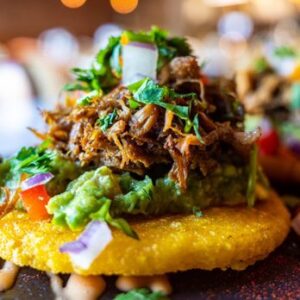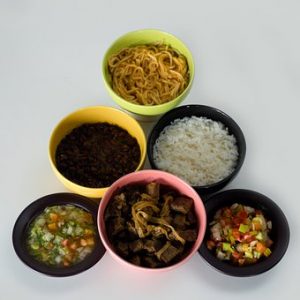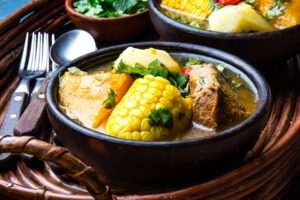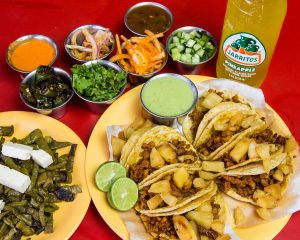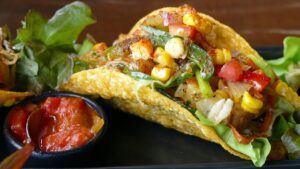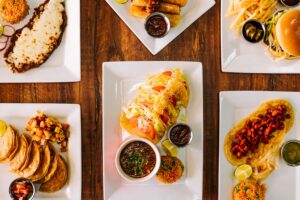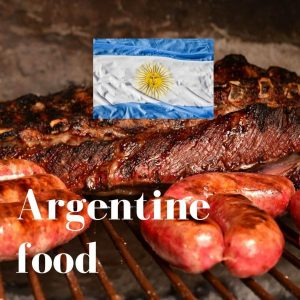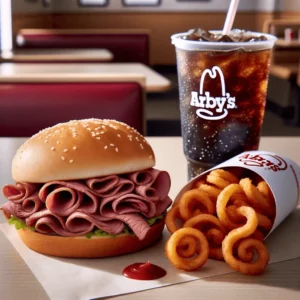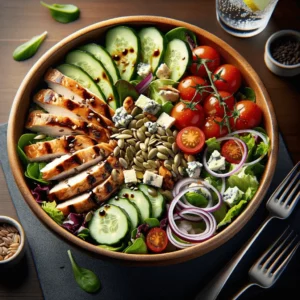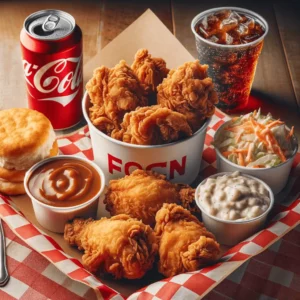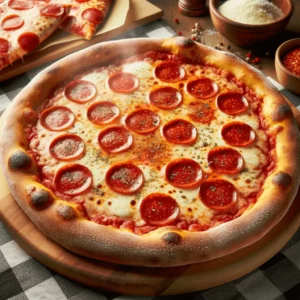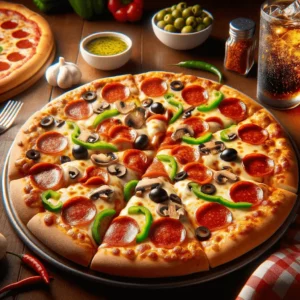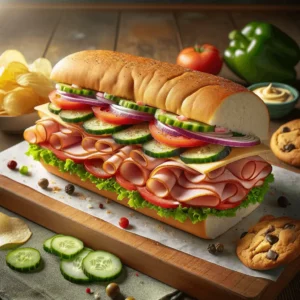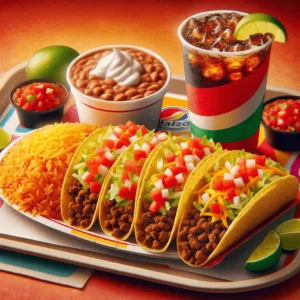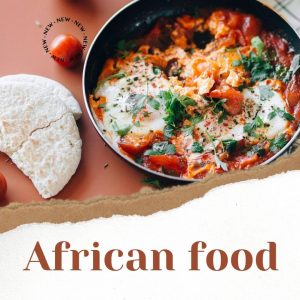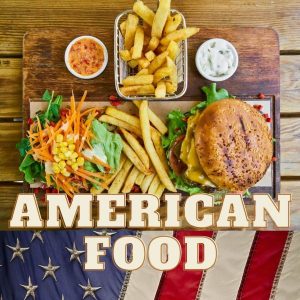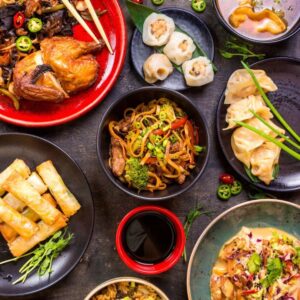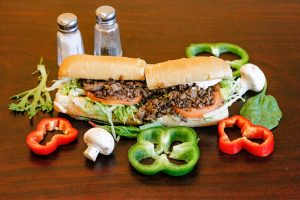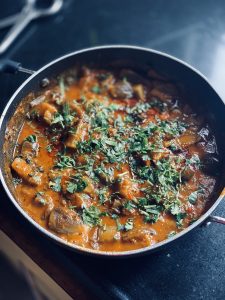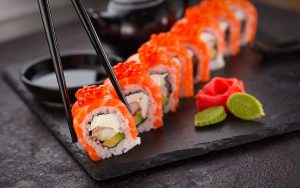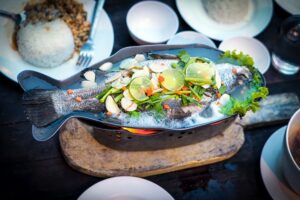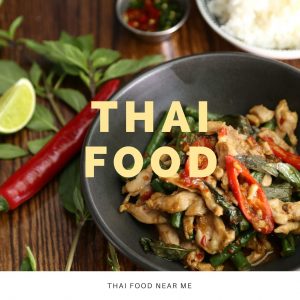Flavors from the Andes: Peruvian Restaurants
Peruvian cuisine is a testament to the country’s rich geographical and cultural diversity. With influences from the Andes mountains, the Pacific coast, and the Amazon rainforest, Peruvian restaurants serve as culinary bridges, connecting diners to the myriad flavors and traditions of this South American nation. Bursting with colorful ingredients, aromatic spices, and ancient recipes, every meal becomes a journey across the Peruvian landscape.
The Culinary Pillars of Peru
Ceviche
The crown jewel of Peruvian gastronomy, ceviche is a refreshing dish made of fresh fish marinated in lime juice, combined with onions, cilantro, and ají peppers. Typically served with sweet potato and choclo (large-kernel corn), it captures the essence of Peru’s coastline.
Lomo Saltado
A flavorful stir-fry, Lomo Saltado showcases tender beef strips cooked with tomatoes, onions, and ají amarillo (yellow pepper), all served atop crispy french fries and accompanied by rice. This dish embodies the unique fusion of Peruvian ingredients with Chinese cooking techniques.
Flavors from the Highlands
Cuy al Horno
A delicacy from the Andean region, Cuy al Horno is roasted guinea pig, seasoned with herbs and spices. With a crispy skin and tender meat, it’s a must-try for adventurous palates.
Quinoa
Originating from the Andes, quinoa is a nutrient-rich grain that has been a staple in Peruvian diets for centuries. In restaurants, it often graces the table in the form of salads, soups, or side dishes, offering a nutty flavor and a delightful texture.
A Dessert Haven
Suspiro a la Limeña
This decadent dessert, whose name translates to “Lima woman’s sigh,” is a luscious concoction of caramel-like manjar blanco topped with a layer of port-infused meringue.
Picarones
Made from sweet potato and squash dough and deep-fried to perfection, Picarones are Peru’s answer to doughnuts. These ring-shaped delights are drizzled with a fragrant syrup made from chancaca (raw sugarcane).
Conclusion
Peruvian restaurants are vibrant reflections of the nation’s multicultural heritage, offering dishes that blend Indigenous, European, African, and Asian influences. The cuisine, renowned for its innovative use of ingredients and complex flavors, ensures that every visit to a Peruvian eatery is a delightful culinary adventure.
FAQs
1. What’s the significance of corn in Peruvian cuisine?
Corn, with its numerous varieties in Peru, is an ancient staple, used in everything from beverages to main dishes and snacks.
2. Are there vegetarian options in Peruvian cuisine?
Yes, with dishes like causa (layered potato terrine) and various quinoa salads, there are ample vegetarian delights in Peruvian menus.
3. How spicy is Peruvian food?
While many dishes use ají peppers, the level of heat varies, and not all dishes are overly spicy. The beauty of Peruvian cuisine lies in its balanced flavors.
4. What are popular beverages to try?
Pisco sour, a cocktail made from pisco (grape brandy), lime juice, and egg white, is iconic. Non-alcoholic choices include chicha morada, a sweet drink made from purple corn.
5. Any unique fruits or vegetables to try in Peru?
Definitely! From lucuma and camu camu to the many varieties of potatoes and corn, Peruvian cuisine boasts a plethora of unique ingredients.


